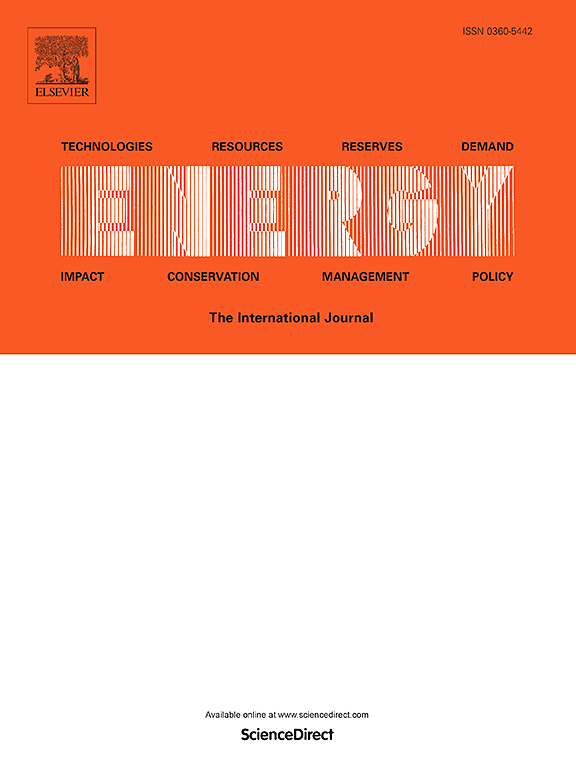The effects of injection timings on the spray and combustion of automobile engines fueled with diesel/methanol under cross and horizontal injection
IF 9
1区 工程技术
Q1 ENERGY & FUELS
引用次数: 0
Abstract
In this paper, the spray and combustion characteristics of diesel/methanol under different injection angles (IA) and diesel injection time delay (Δt) are studied on a constant volume combustion chamber using optical diagnosis techniques. The results show that changing the IA and Δt can effectively change the diesel/methanol mixture distribution and achieve both concentration stratification and reactivity stratification. The collision length, collision width, and spray projected area of 90° IA are all greater than those of 180° IA. In addition, increasing Δt promotes the diffusion and evaporation of collision spray, resulting in a larger liquid phase and vapor phase spray projected area. Compared to 90° IA, 180° IA enhances the relative speed and collision strength of the two jets and also reduces the equivalence ratio of the collision jet, thereby inhibiting diesel spontaneous combustion and extending ignition delay. This results in a more intense combustion process, with shorter combustion duration, and lower soot emissions. Furthermore, the increase in Δt additionally allows the diesel methanol collision spray to obtain a longer ignition delay, a shorter combustion duration, a smaller flame area, and less soot emission, all of which can greatly improve the combustion and emission characteristics of an internal combustion engine.
求助全文
约1分钟内获得全文
求助全文
来源期刊

Energy
工程技术-能源与燃料
CiteScore
15.30
自引率
14.40%
发文量
0
审稿时长
14.2 weeks
期刊介绍:
Energy is a multidisciplinary, international journal that publishes research and analysis in the field of energy engineering. Our aim is to become a leading peer-reviewed platform and a trusted source of information for energy-related topics.
The journal covers a range of areas including mechanical engineering, thermal sciences, and energy analysis. We are particularly interested in research on energy modelling, prediction, integrated energy systems, planning, and management.
Additionally, we welcome papers on energy conservation, efficiency, biomass and bioenergy, renewable energy, electricity supply and demand, energy storage, buildings, and economic and policy issues. These topics should align with our broader multidisciplinary focus.
 求助内容:
求助内容: 应助结果提醒方式:
应助结果提醒方式:


